Glass doors are well-known for saving a lot of energy and providing a great expanse of light into your home. They save space and are easy to use. Aside from these, we have so much to tell you about glass doors. Just continue reading because we did the research for you.
Seal the gaps with a seal strip. This will tighten the door and increase friction. Seal strips are useful for locking and unlocking the sliding door with an adhesive or magnetic system. These can also provide additional protection against outside forces.
We have different preferences for our home's style. But installing a glass door is a wise choice in many ways. However, there are significant reasons to look at before installing it. Stay with us as we discuss how to seal glass doors for the best insulation of your home.
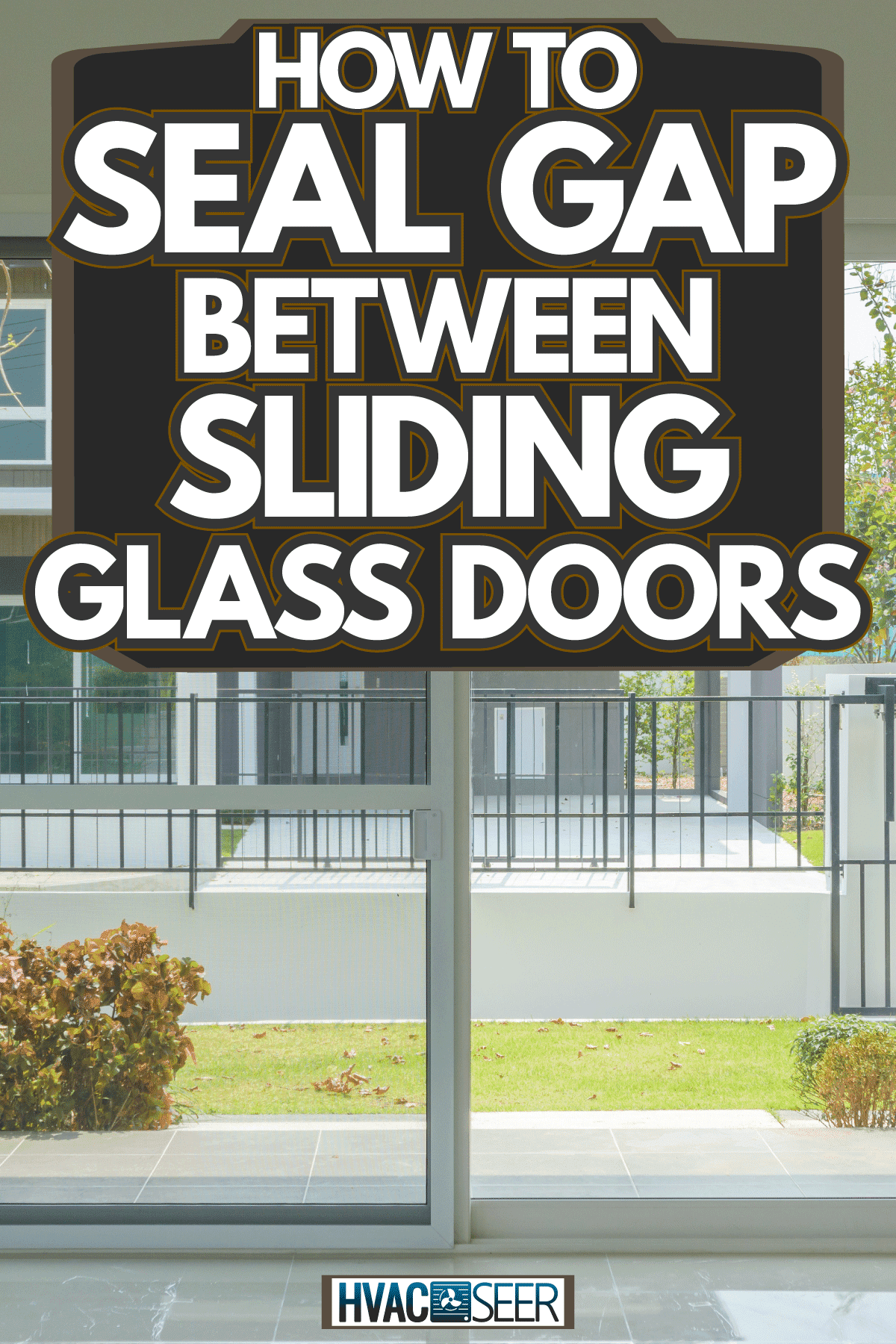
Why Seal the Glass Doors
The common reason is to keep things from entering the area by blocking them from the outside. Depending on your needs, door sealants can improve your home's efficiency and reduce worries.

Blocking Dust
Dry particles like dust and even fallen hair may accumulate on the glass door's corners, resulting in poor performance. The dirt on the ground can enter through the gaps, and your house may be filled with tiny dust. Door sealants can block these harmful particles.
Temperature Control
Sealing the gap can maintain your room's temperature whether you want it hot or cold. If you have an air conditioner, a sealed glass door will keep the temperature inside the room constant.
Blocking Noise
Glass is not completely soundproof. But sealing the gaps between glass doors can lower the volume of noise from the outside. This is escpecially good if you live on a noisy street or near a crowded place.
Blocking Liquid Particles
A typical downpour can cause the floor to become soaked. Raindrops, or any other liquid, may fall through the gaps. When a liquid remains on the ground, it creates sticky dirt or mud. However, glass door sealants can block them and can also keep other things out, like snow.
Protection Against Insects
Another reason why many people love to seal their doors is to keep insects out. You don't want mice, ants, mosquitoes, or even cockroaches in your room. These pests can be stopped with door sealants.
Steps on Sealing the Gap
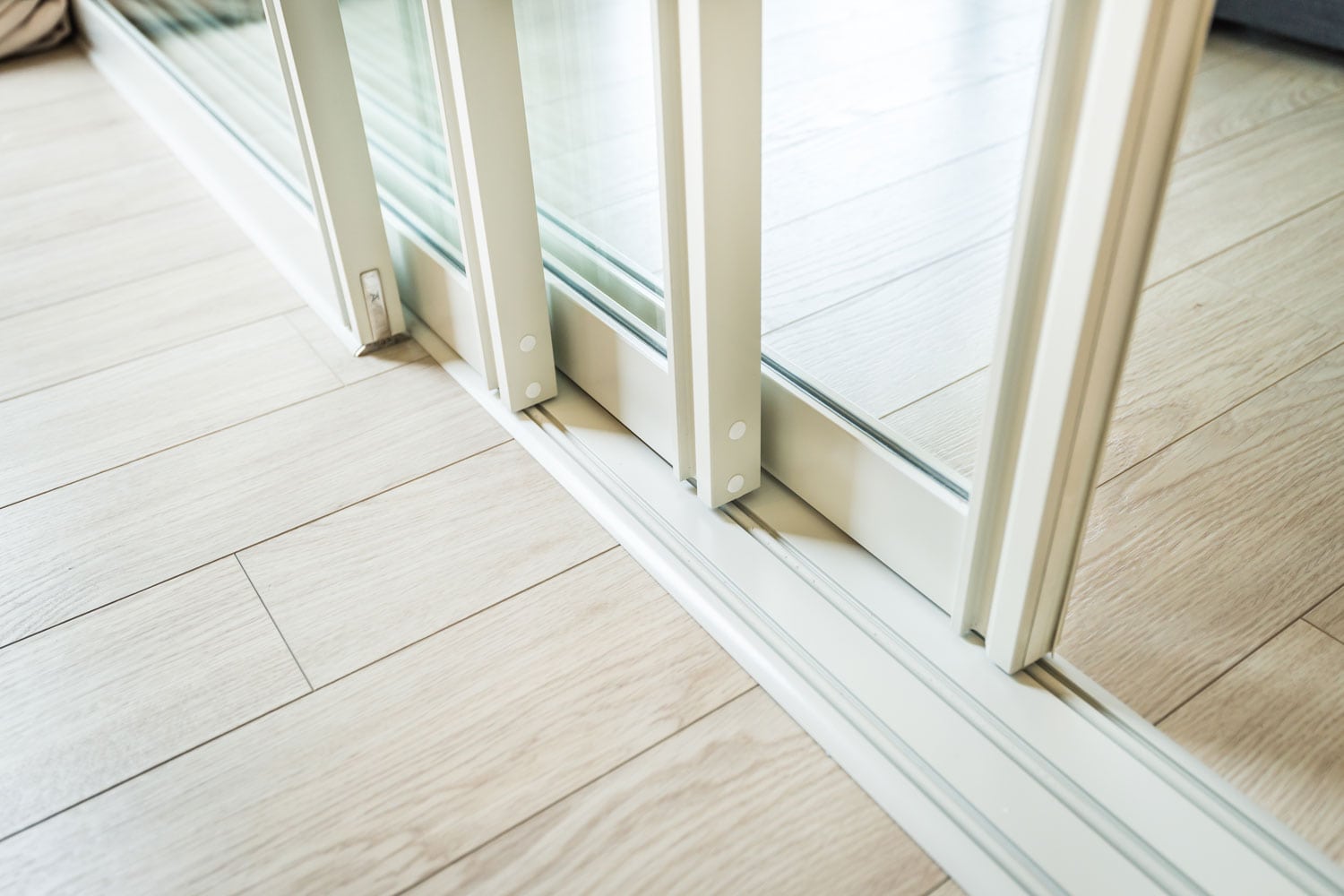
Now that you've learned about the benefits of sealing your glass doors, get ready because we'll show you how to do it. Follow these steps or consult an expert:
- Just prepare your sealant. You will learn about good sealants later in this article.
- Slide to open the glass door. Make sure you clean the area thoroughly and remove objects to avoid protruding.
- Take measurements for the door's length and height. Cut the sealant to the precise measurement you believe will be sufficient for covering.
- Apply the sealant to cover the gap. Test the door by closing and opening it.
- Use the door regularly and observe it for a few days.
You may require additional evaluations. For example, what type of door you have or whether the door fits the frame. As mentioned earlier, shown below are some types of door sealants. So, pick your best choice.
Types of Door Sealants
The only difference among door sealants is the material and composition. Overall, they serve the same purpose: to block and prevent things from entering.
Here are some of them:
Polyvinyl Chloride (PVC) Strip
This strip is easy to bend and fit into the gap. It has a tight hold, making the liquid difficult to enter. They are common on shower glass doors. This can last for 4 to 12 years, depending on the area and frequency of use.
Tension Seal or V-Strip
This is designed in the shape of a V to fill in the gap between glass doors. It has a variety of firm plastic and metal. Sometimes, it has a slight bulge intended for easy attachment and detachment. It has tension, which increases friction, and it can last up to six years.
Click here to see 1/2-inch V-strip on Amazon.
Felt Strip
It comes in a roll and has an adhesive on the back. Felt strips are typically made of wool or polyester, which is suitable for gentle door forces. The only disadvantage is that it is softer than other types.
However, it is easier to set up. It lasts for 2 to 5 years since it's better for solid than liquid particles.
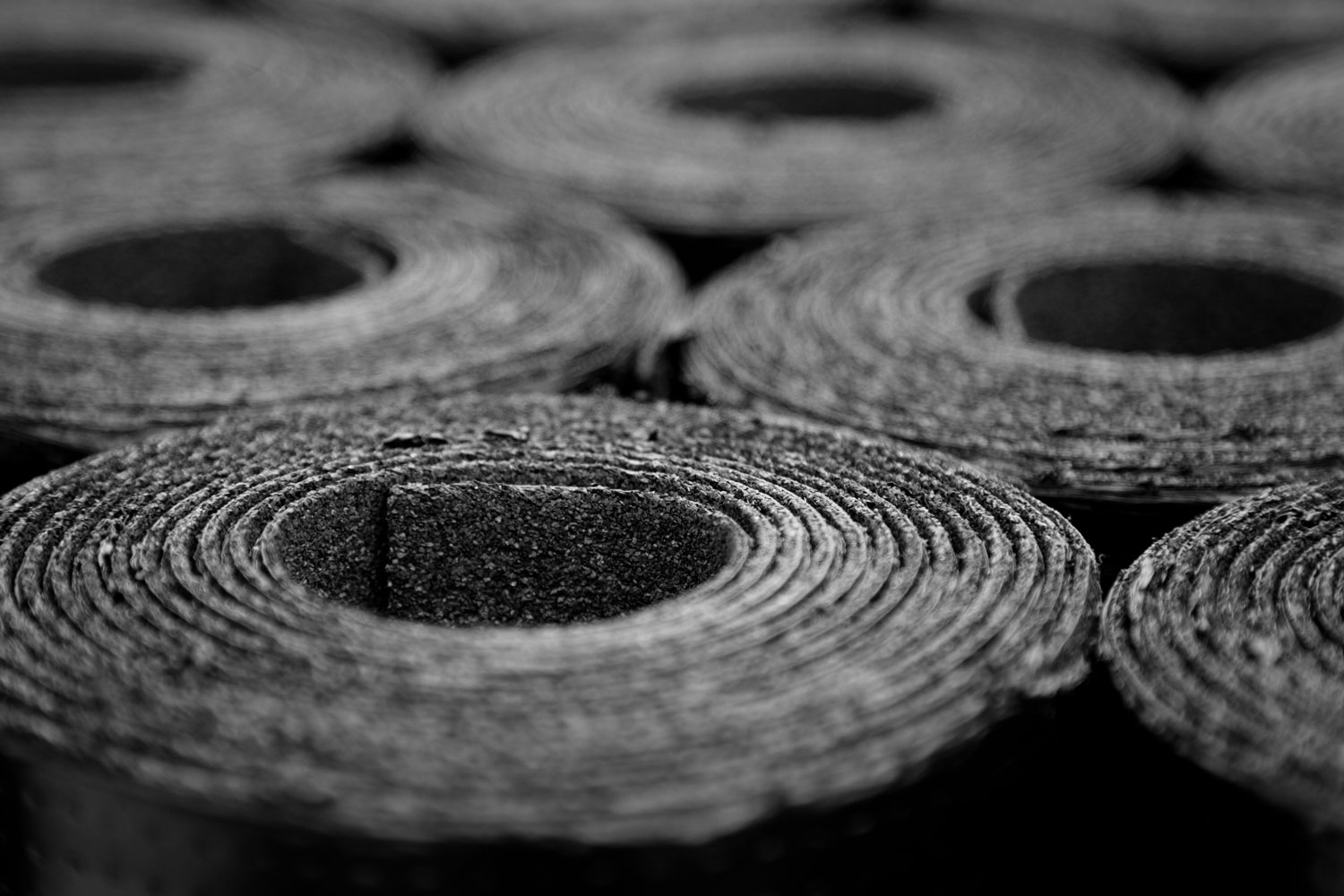
Glass Doors: Pros and Cons
If you're looking for a benefit to installing a glass door in your home, consider reviewing its pros and cons. Listed here are some of the advantages of glass door installation:
- A transparent glass door allows the sunlight to pass through it, resulting in less electrical consumption during the daytime.
- The objects on the other side are visible. This feature can help you in seeing danger or monitoring your children while they are playing outside, for example.
- Glass doors do not decay, unlike wooden doors.
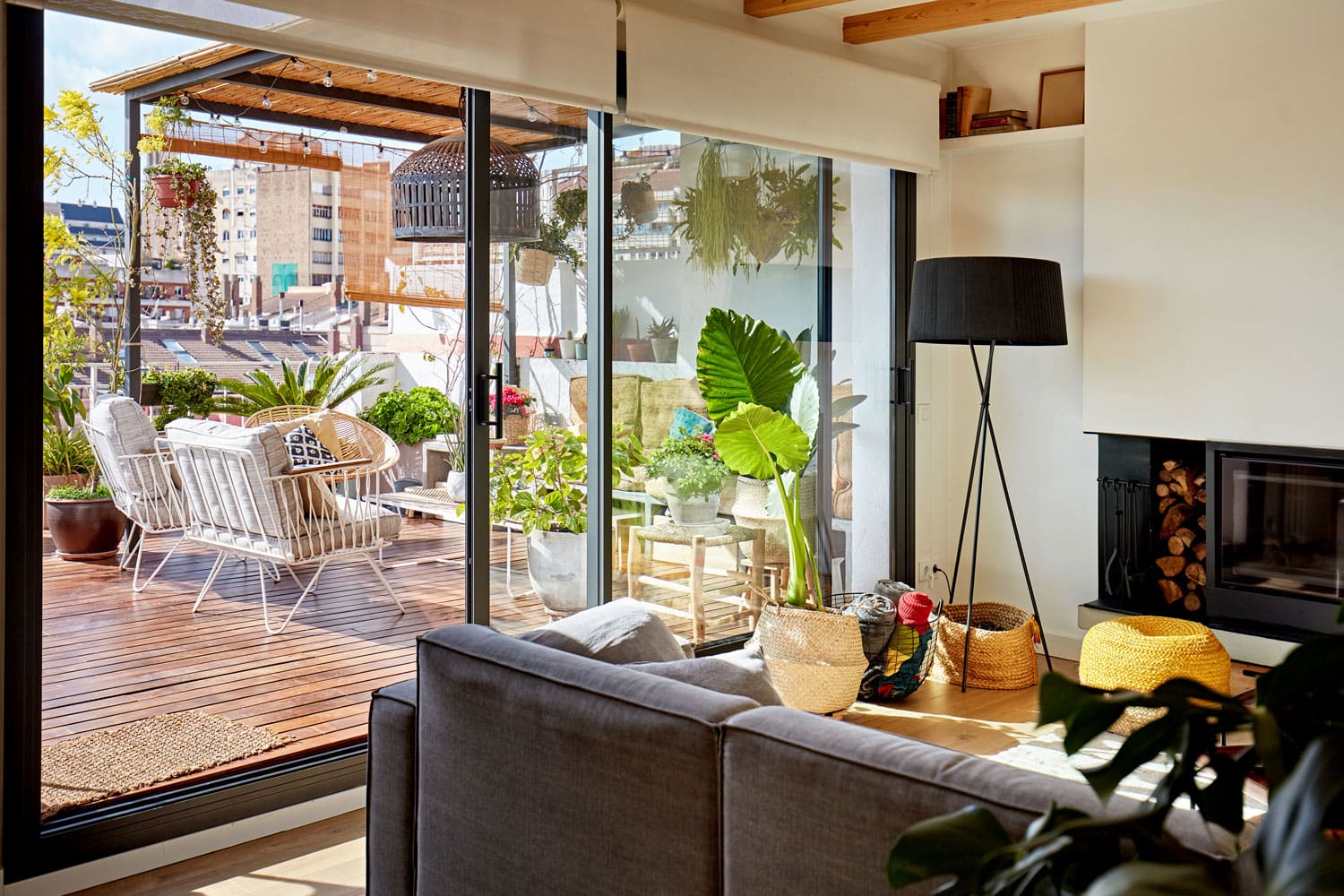
In contrast, glass doors have some disadvantages:
- There is a security problem as people from the outside can see your belongings. Unless you hang a blind or curtain.
- Glass doors are fragile. They are prone to breaking.
- These should be cleaned more frequently to prevent warping and blurring.
Do Glass Doors Have Standard Size?
There is no standard size for glass doors. Panels are the only universally accepted sizing. The glass door itself is usually customizable to fit the frame of your door.
However, manufacturers produce ready-to-install glass doors with the assumption that the size is based on the most commonly used door length and height, which is usually 18 to 36 inches.
Differences Between Automatic and Manual Sliding Glass Doors
The convenience of an automatic sliding door might appeal to you -no more pushing or pulling to open and close the door. Here, we'll explain the differences between manual and automatic glass doors to give you an idea before installing.
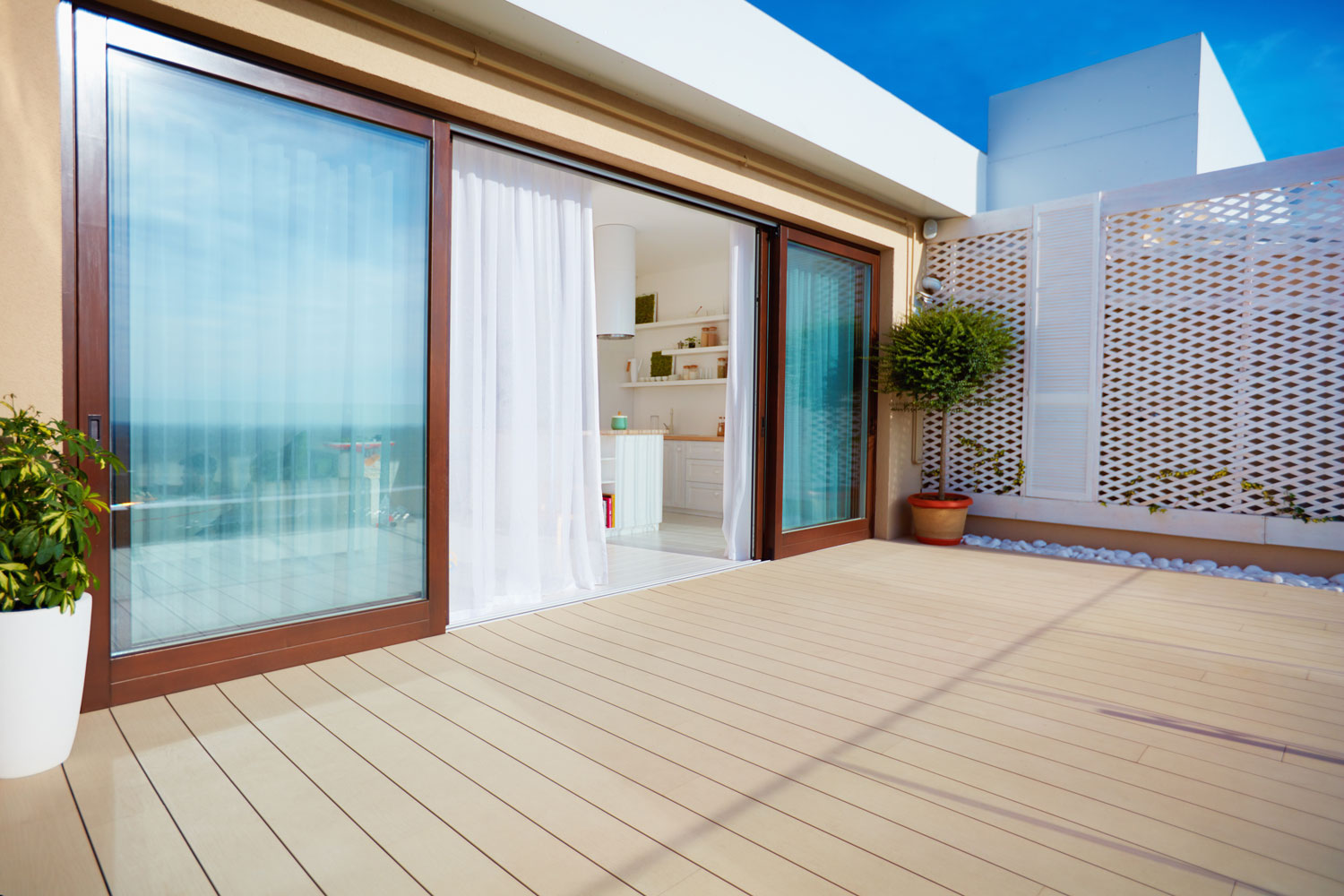
- The main distinction between the two is their ease of use. In contrast to the manual, an automatic sliding glass door implies less physical contact.
- Another distinction is the energy-saving function. Automatic, by definition, consume too much energy because they are typically electrical. While the manual is preserving energy.
- Automatic types are high-maintenance as compared to manual types, they may need more frequent repair.
- Automatic is expensive, while manual types are a lot cheaper.
Because an automatic glass door is heavier due to the mechanism embedded in it, it must also be installed by a professional. Manual, on the other hand, is much easier to set up. However, this does not imply that you must install it yourself. It is still preferable to seek guidance.
What Is the Transparency Level of A Glass Door?
There are three levels of glass transparency. An average glass door has transparency ranging from 20 to 95 percent. It means that the higher the percentage, the clearer the view. Read below the explanation for each level to help you decide what will be good for your home.
Transparent or Clear
It is the most flawless type in terms of visibility. You can see the actual things from the other side. It has a level of 20-95% or higher. Additionally, when sunlight passes through transparent glass, it can magnify the objects, causing them to heat up.
Too much clarity can harm our eyes as this can act like a huge eyeglass. So, commercially friendly glass doors have reduced transparency.
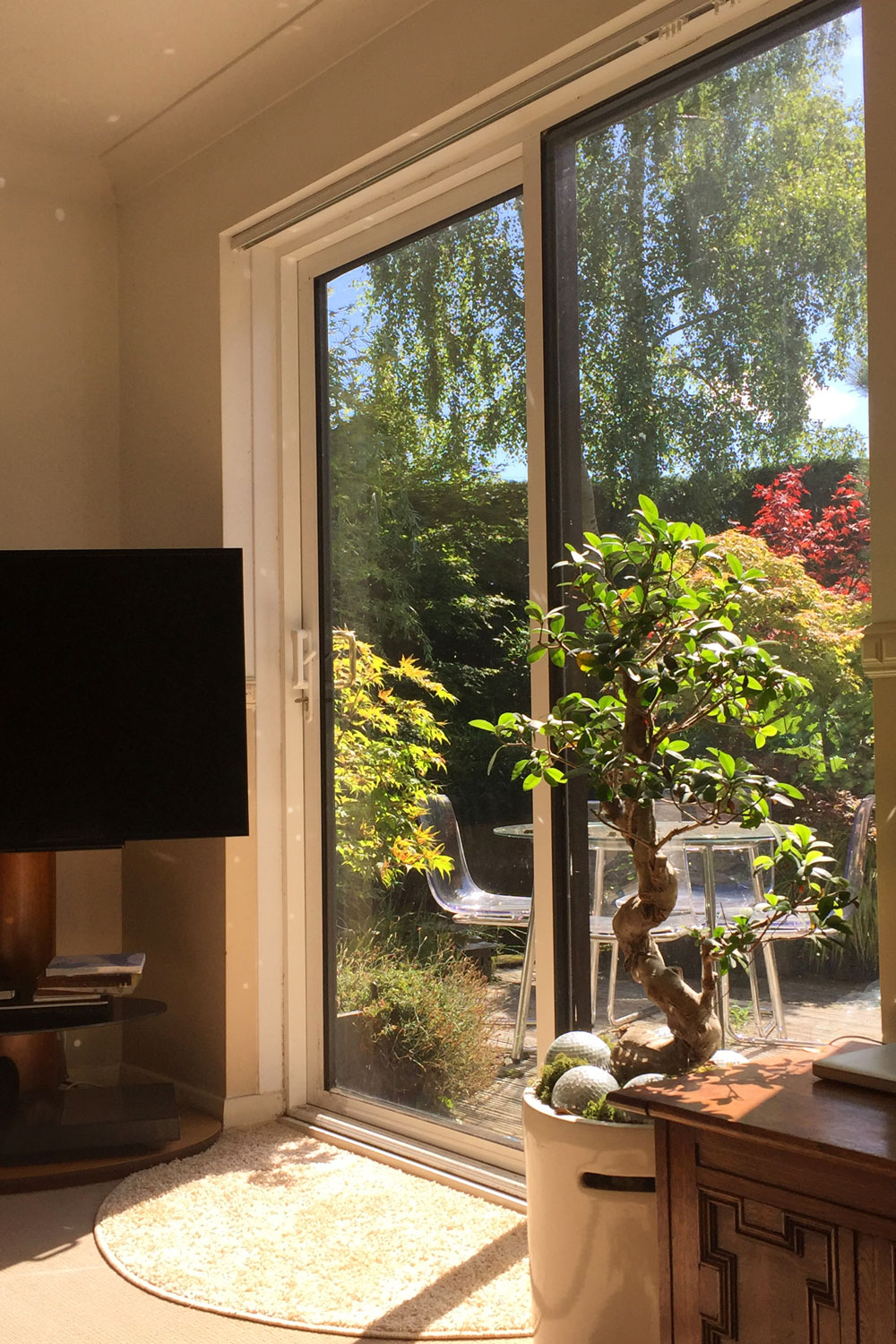
Translucent
Translucent glass gives you a view of objects behind but in a blurry version. You can't explicitly identify the object, but you know its color and shape.
It can be frosted glass that can be found on shower cubes, windows, sunglasses, and cars. It can be tinted to add privacy. Translucent glass has a transparency level of 30-75%.
Opaque
It is the safest in terms of privacy. Opaque glass is highly frosted that you can't even see a glimpse of what's on the other side. The only thing visible is the light's color. It does not transmit much heat like clear glass does.
However, some glass manufacturers do not make completely opaque glass, as this would defeat the purpose of seeing the other side. This type has a transparency level of 5-30%, or what is now known as opacity.
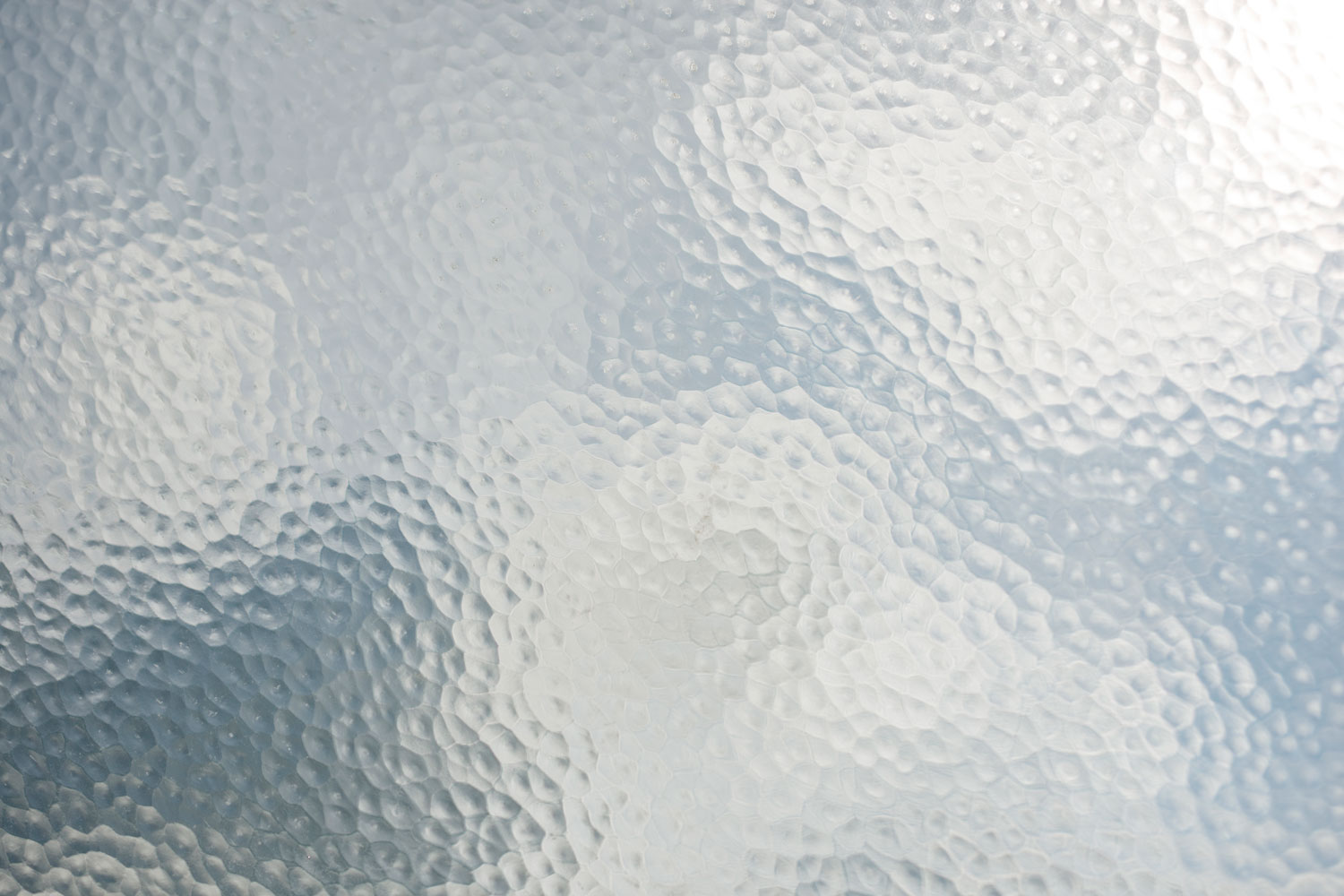
Can Glass Doors Be Removed Temporarily?
Obviously, yes. Just loosen the screws and unlock all the corners. It's fine to remove glass doors when you're moving furniture that may break them. However, be careful not to damage the locking spots as it is difficult to put back a glass door when the corners are deformed. Try covering the edges before you move anything through the frame.
A Sealed View
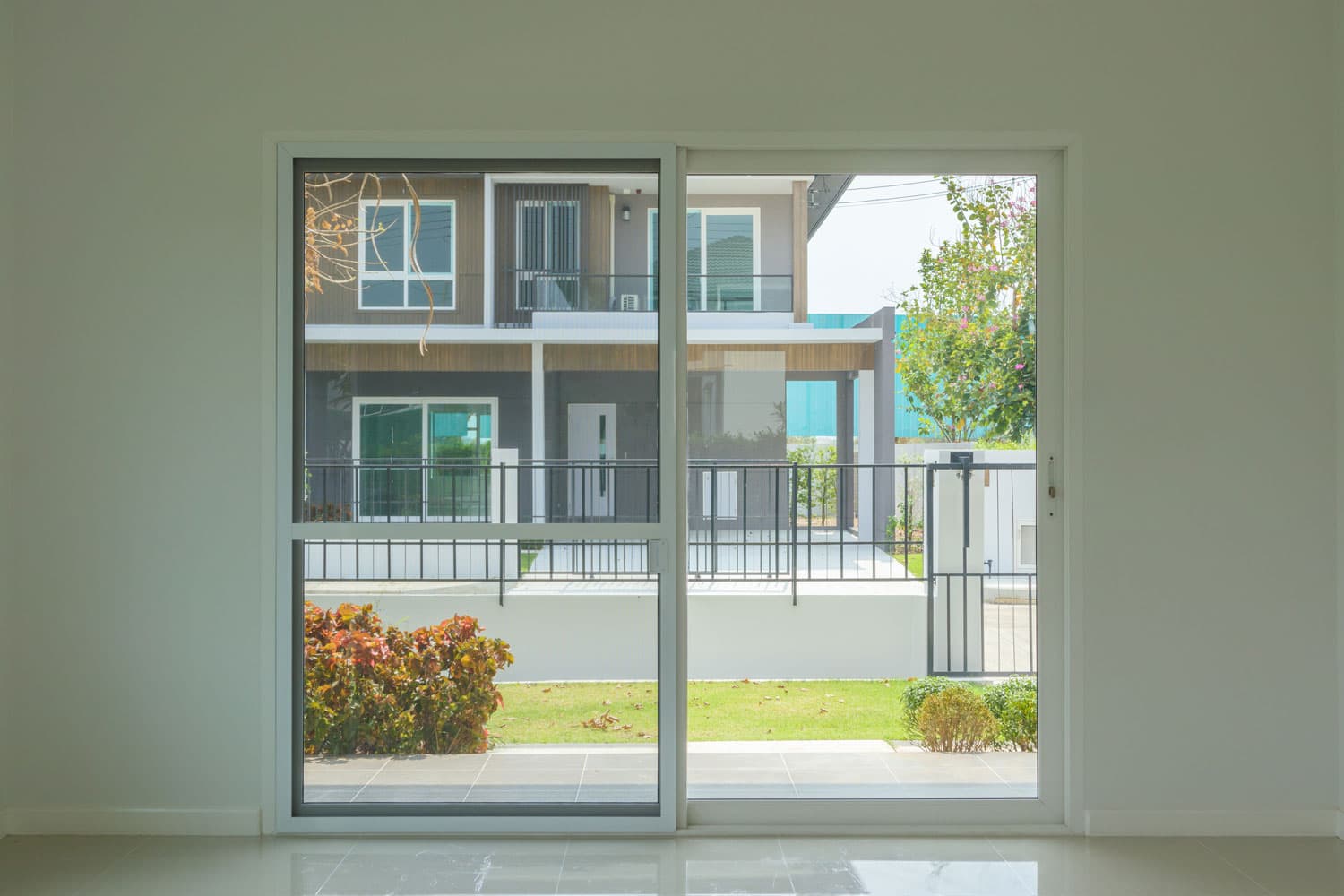
Sealing a sliding glass door is highly recommended. This technique will keep you safe in many ways. Plan what type you need in your home, and you'll have a significant view of the other side.
Looking for some other tips for your sliding glass or French doors, check out our related posts:

